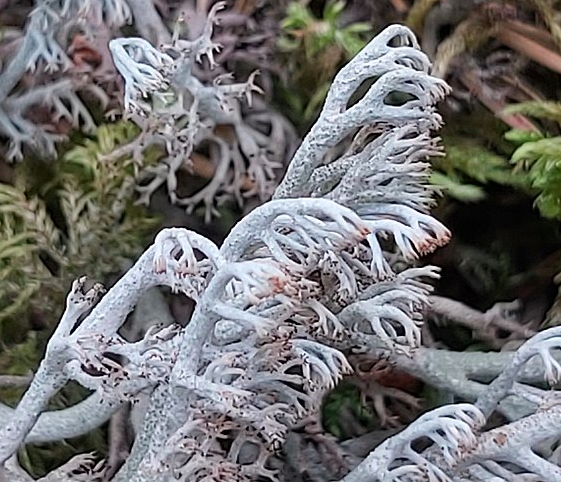Lichens are fascinating symbiotic associations between a fungus (mycobiont) and a green alga or cyanobacterium (photobiont). Through this blog post we’re going to be looking at lichens as food. This relationship can range from mutualism to controlled parasitism. Although the Fungal element of the Lichen does no obvious harm to…
Tag: all year
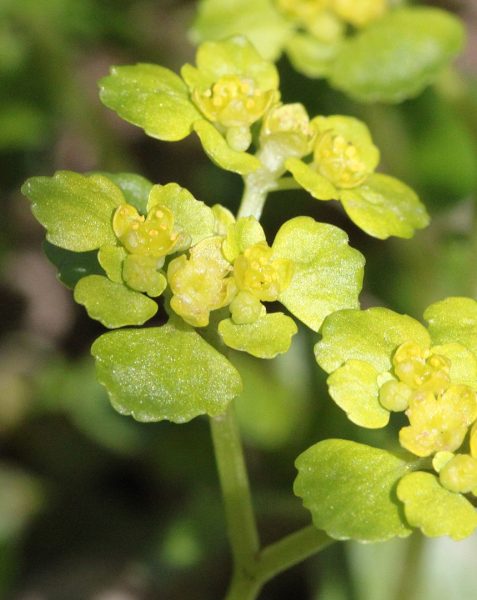
Alternate-leaved Saxifrage / Spring / Summer / Autumn / Winter / Edible There are a couple of types of Saxifrage, they all tend to grow in woodlands and provide good foraging through all seasons. Typically slightly dry but a nice addition to most dishes. Common Names Alternate-leaved Saxifrage Botanical Name…
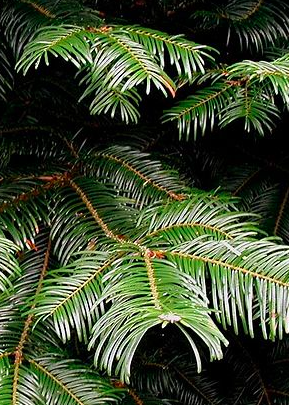
Grand Fir / Spring / Summer / Autumn / Winter / Edible Grand fir is one of the most flavour-packed conifers I’ve ever come across it’s almost like a clementine bubble gum. Common Name Grand Fir Botanical Name Abies grandis Scientific Classification Kingdom: Plantae Order: Pinales Family: Pinaceae Physical…
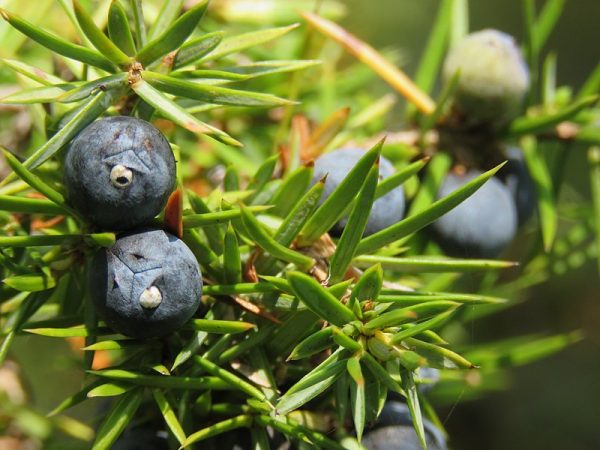
Juniper / Summer / Autumn / Winter / Edible Common Name Juniper Botanical Name Juniperus communis Scientific Classification Kingdom – Plantae Order – Cupressales Family – Cupressaceae Physical Characteristics of Juniper A small evergreen tree or shrub varying from tall, columnar trees, 20-40 metres tall or low-spreading shrubs with long…
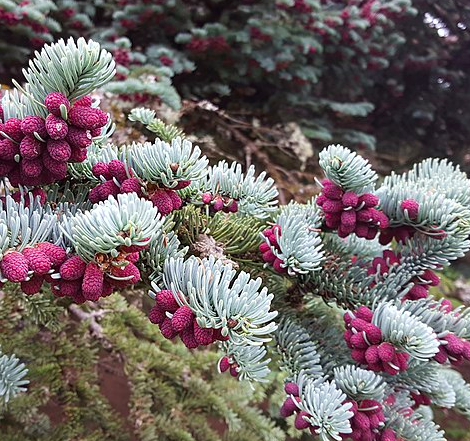
Noble Fir / Spring / Summer / Autumn / Winter / Edible Common Name Noble Fir Botanical Name Abies procera Scientific Classification Kingdom: Plantae Order: Pinales Family: Pinaceae Physical Characteristics for Noble Fir A large tree growing up to 45-90 m in height with a conical crown. Leaves Upswept bluish-grey…

Opposite-leaved Golden Saxifrage / All Year / Edible Opposite-leaved Golden Saxifrage is quite a mouthful, especially for such a small plant, often found in damp places it provides a surprising crunch to salads. Common Names Creeping Jenny, buttered eggs Botanical Name Chrysosplenium oppositifolium Scientific Classification Kingdom – Plantae Order –Saxifragales …
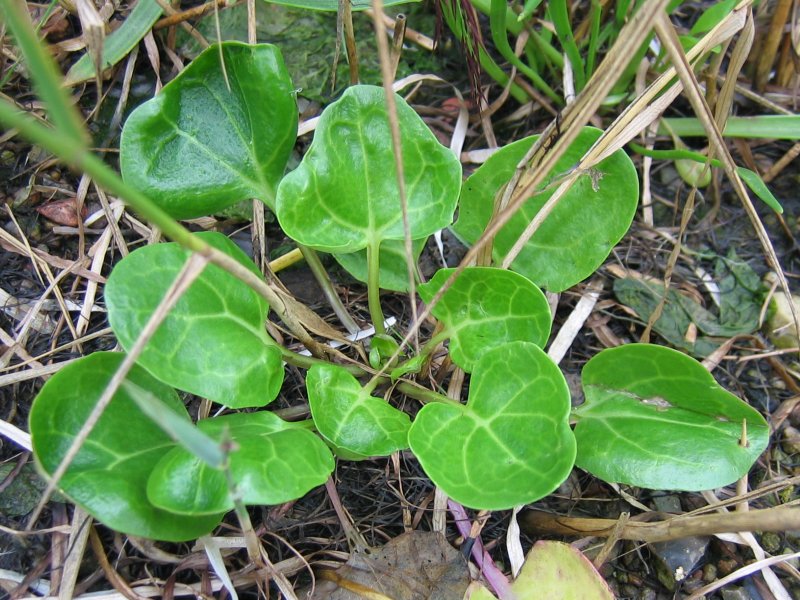
Scurvy Grass / Spring / Summer / Autumn / Winter / Edible Common Name: Common Scurvy Grass, Danish Scurvy Grass, English Scurvy Grass Botanical Name Cochlearia officinalis Scientific Classification Kingdom – Plantae Order –Rosales Family – Rosaceae Physical Characteristics for Scurvy Grass There is Scurvy Grass for most of the…



